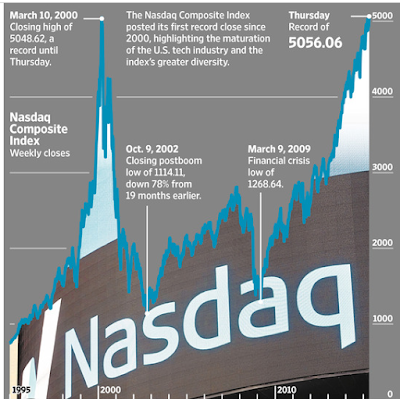But it is historically inaccurate. It attributes the North Vietnamese Spring 1975 assault on the South and its surprisingly swift final victory to Watergate, Richard Nixon’s August 1974 resignation, his replacement by a less-fanatically-anti-Hanoi Gerald Ford, and Ford’s inability to get an emergency appropriation for South Vietnam through a Democratic Congress in April 1975.
Here’s what really happened, the fact Kennedy ignored:
The Case–Church Amendment was legislation approved by the U.S. Congress in June 1973 that prohibited further U.S. military activity in Vietnam, Laos and Cambodia unless the president secured Congressional approval in advance. This ended direct U.S. military involvement in the Vietnam War. [emphasis added]In the conservative Wall Street Journal, Robert F. Turner tells us that:
As Yale University’s John Lewis Gaddis wrote in Foreign Affairs in 2005, “Historians now acknowledge that American counterinsurgency operations in Vietnam were succeeding during the final years of that conflict; the problem was that support for the war had long since crumbled at home.” . . Protesters, as angry as they were misinformed, ultimately persuaded Congress in May [sic] 1973 to prohibit spending on further U.S. combat operations in Indochina.It wasn’t Nixon, it wasn’t Ford. It was the anti-war movement, a radicalized Democratic Party, and ultimately Congress that, reflecting popular opinion in 1973, pulled the rug out from under South Vietnam.
And what are the implications of Saigon’s fall for 2015? Timothy Naegele, commenting on the Turner article, says,
We won [Vietnam] militarily. Then Congress turned its back on the Vietnamese people, as the author notes ("Congress ultimately snatched defeat from the jaws of victory"); and the rest is history. The same is true of our wars in Iraq and Afghanistan.And what about Iran, with Obama’s embrace of the wrong side there? Former George W. Bush speechwriter Mark Thiessen, in the Washington Post, writes:
The Iran Nuclear Agreement Review Act that Sen. Bob Corker (R-Tenn.) negotiated with Obama . . . is a terrible bill that virtually guarantees that Congress will give its de facto stamp of approval to any agreement Obama concludes with Iran. The reason is simple: Instead of requiring that Congress vote to affirmatively approve any Obama-Iran agreement before it can take effect, the Corker-Cardin bill allows the agreement to take effect unless it is disapproved by Congress. . . under a disapproval mechanism, the burden shifts to congressional opponents of the Iran deal, who need to convince not simple majorities, but super majorities, in both houses if they want to kill the deal.Is "Corker (R)-Cardin (D)" an echo of the Vietnam era "Case (R)-Church (D)"?














